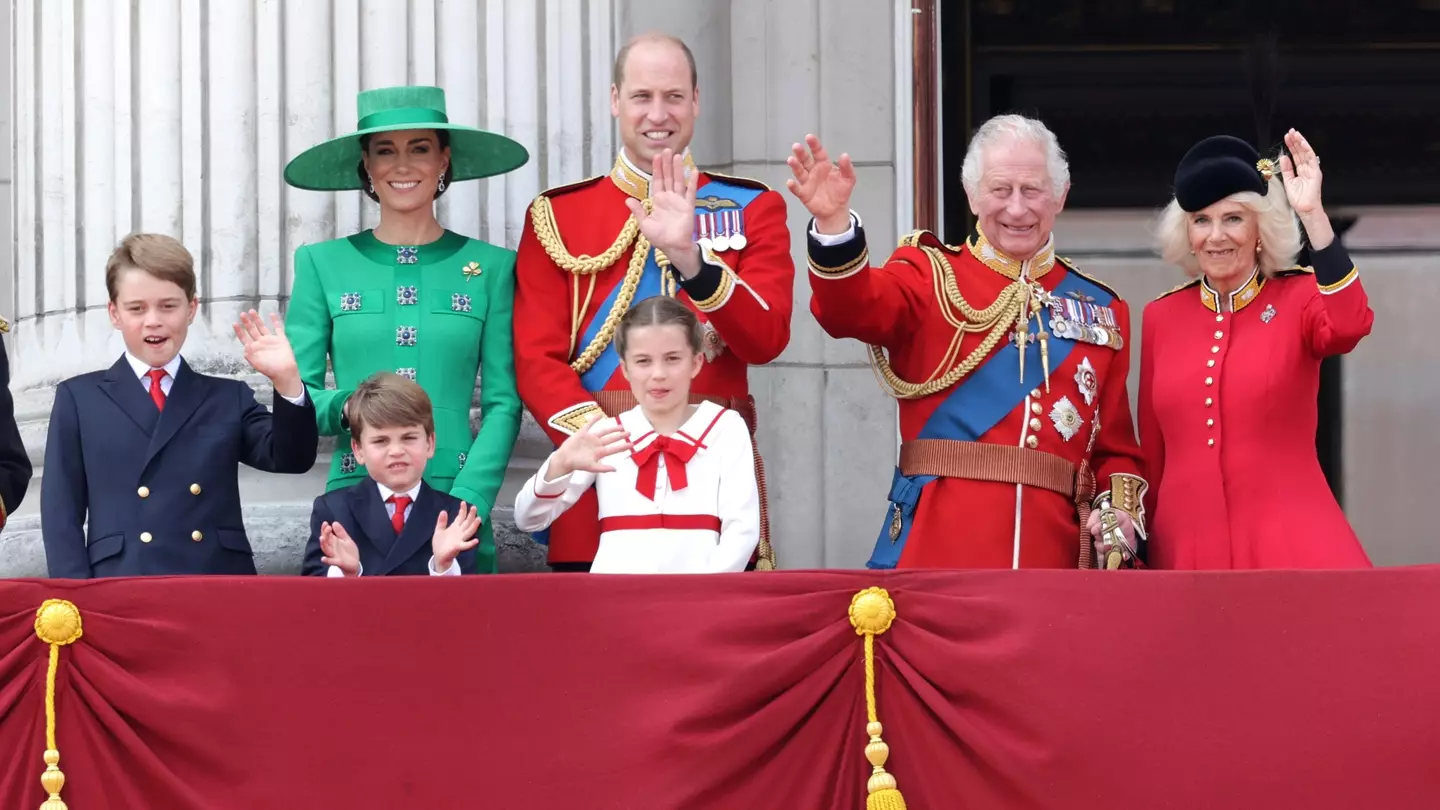The Royals’ Forbidden Shade: Why You’ll Rarely See Them in Black

The British royal family is renowned for their dazzling wardrobes—bright coats, jewel-toned dresses, and regal navy suits that command attention in any crowd. From the late Queen Elizabeth II’s fondness for lemon yellow and soft pastels, to Princess Anne’s classic grey and navy, and the Princess of Wales’s signature blues, the royals have always used colour as a way to project visibility, dignity, and continuity.
Yet, there is one shade that the royals rarely wear in public—black. Unlike the rainbow of colours often seen at royal engagements, black holds a solemn significance that makes it almost taboo, appearing only on the gravest occasions: funerals, Remembrance Day ceremonies, and moments of national mourning.
It is not simply a matter of fashion—it is a protocol born of tragedy.
The Day Protocol Was Born

The tradition dates back to February 1952, when then-Princess Elizabeth was in Kenya with Prince Philip. It was during this trip that she received the devastating news: her father, King George VI, had died suddenly in his sleep. In an instant, Elizabeth transitioned from heir to the throne to Queen.
But there was a complication. She had not packed any mourning clothes. When her plane landed back in Britain, she could not be seen disembarking without proper attire for such a somber moment. The result: she remained onboard until a black outfit was brought to her.
That day, history—and fashion protocol—changed forever. Queen Elizabeth II decreed that every royal must henceforth travel with a set of black clothing “just in case.” No matter the destination, no matter the occasion, they had to be prepared for the unthinkable.
As royal commentator Richard Fitzwilliams explained: “No matter where they go, they always have to be prepared.”
From that point on, black became more than a colour. It became a symbol of duty, grief, and readiness to face moments that would shape the nation.
The Power of Royal Fashion
Fashion within the royal family has never been frivolous. Colours, fabrics, and accessories have been carefully curated to communicate stability, optimism, and accessibility to the public. The late Queen was famously said to prefer bright colours because they made her easier to spot in large crowds.
Black, however, conveys something different. It is dignity, mourning, and restraint. By reserving it for only the most serious occasions, the royals give the colour its gravity. When the public sees them in black, it means the country is in mourning too.
But for some, the rigidity of these traditions has not always been welcome.
Meghan Markle and the Weight of Wardrobe
Meghan Markle, Duchess of Sussex, has been candid about her complicated relationship with royal fashion rules. In an interview, she once revealed a detail that struck many as both amusing and poignant: she was required to wear nude pantyhose “all the time,” even though it didn’t feel authentic to her.
“It was different several years ago when I couldn’t be as vocal,” she said. “And I had to wear nude pantyhose all the time. Let’s be honest, that was not very myself. I hadn’t seen pantyhose since movies in the 80s when they came in the little egg. That felt a little bit inauthentic. And that’s a silly example.”
But the deeper point she made was that clothing rules were often a barrier to self-expression. “It is an example of when you’re able to dress the way you want to dress and you are able to say the things you want to say that are true… that’s being comfortable in your own skin.”
For Meghan, who has lived both inside and outside the royal sphere, fashion rules were more than symbolic—they were restrictions on identity.
The Symbol and the Strain
The story of black clothing in the royal wardrobe reveals something larger about monarchy itself: a balancing act between symbolism and individuality. For Queen Elizabeth II, the rule about mourning clothes was an act of foresight, meant to prevent another moment of awkwardness or disrespect. For her successors, it has become a reminder that royal life is about preparedness above all else.
Yet, for Meghan, and perhaps for others who have married into the family, the rules can feel stifling. Clothing is never just clothing when one is royal—it is communication, expectation, and representation. Even something as seemingly simple as a pair of tights, or the absence of a black dress in a suitcase, can carry international consequences.
A Colour Heavy With Meaning
That is why black, more than any other shade, carries immense weight in the royal wardrobe. It is not forbidden—it is sacred. Reserved for moments of national sorrow, it serves as a visual signal to the people: the monarchy shares your grief.
And yet, as Meghan’s reflections remind us, beneath the symbolism are individuals with personal tastes, preferences, and identities. Where the monarchy sees black as a symbol of duty, Meghan saw pantyhose as a symbol of constraint.
Fashion has always been the monarchy’s most visible form of storytelling. And in the royal closet, no colour tells a heavier story than black.





